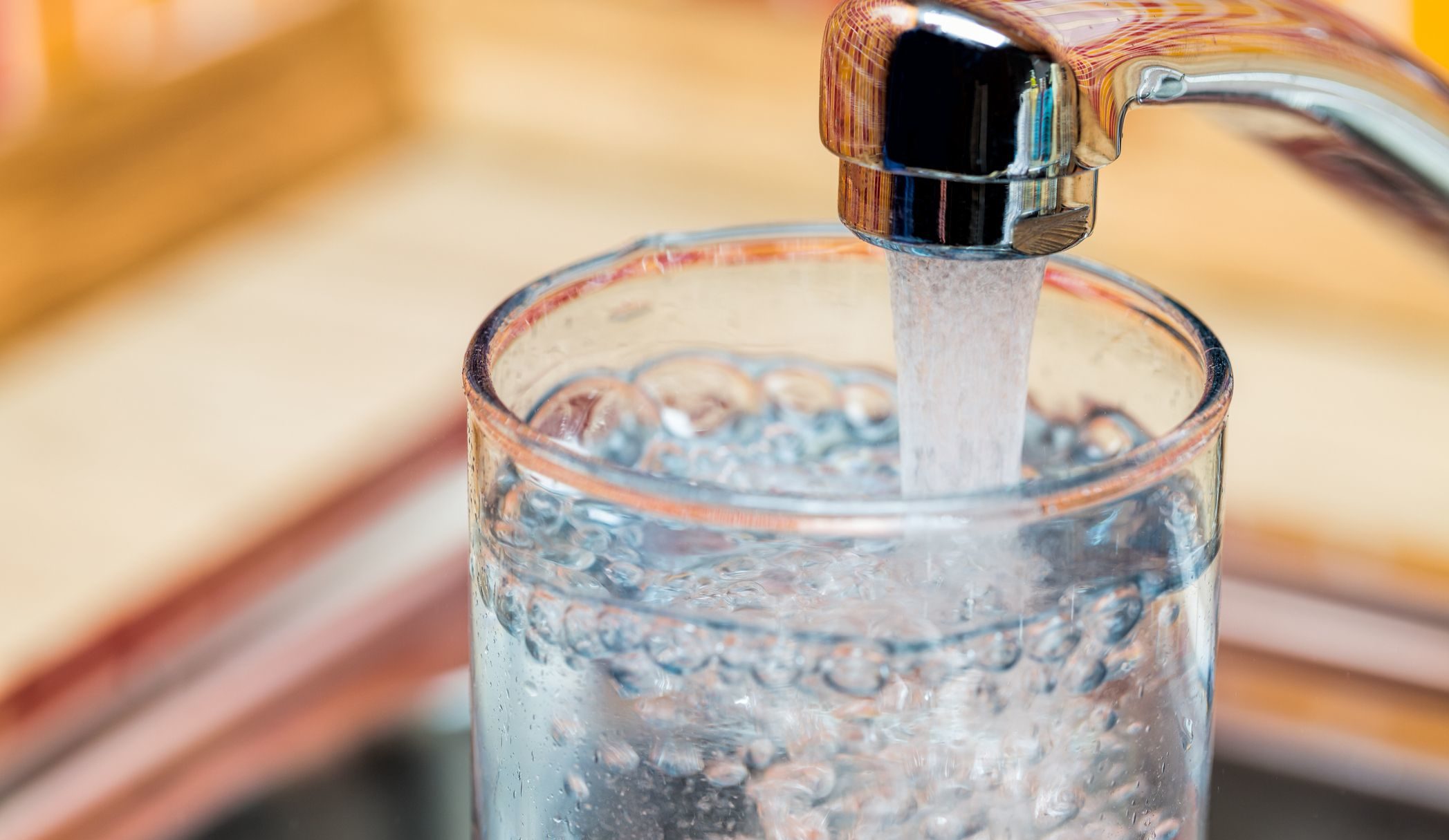Toronto, ON – Ontario’s lead in drinking water standard remains too high to protect public health. Lead is a serious public health concern, especially for children and older adults. Despite Health Canada’s expert recommendation that the lead in drinking water standard be lowered to 5 ug/L five years ago, Ontario’s standard remains twice that level, at 10 ug/L.
Canadian Environmental Law Association (CELA) and the Ontario Municipal Water Association (OMWA) call on the provincial government to reduce the amount of lead allowed in our drinking water. CELA and OMWA have made the request under the Environmental Bill of Rights, along with recommendations for mandatory municipal plans to map lead service lines (LSLs) and remove them by 2030. LSLs are the primary source of exposure to lead in drinking water in Ontario, along with lead fixtures. Specifically, we requested a review of the Safe Drinking Water Act, 2002 (SDWA), and the Ontario Drinking Water Quality Standards.
The purpose of the SDWA is to recognize that the people of Ontario are entitled to expect their drinking water to be safe; and, to provide for the protection of human health and the prevention of drinking-water health hazards through the control and regulation of drinking-water systems and drinking-water testing. To keep pace with emerging issues and scientific and testing improvements, it is in the public interest to review and revise SDWA and the drinking water quality standards periodically, particularly when new scientific evidence or information becomes available. The legislation and associated Ontario regulatory framework and standard for lead in drinking water are incomplete, outdated, and inadequate to protect public health, particularly for babies in utero, children, as well as older adults. The failure to review and revise the existing legislation and regulation is unnecessarily risking the health of people in Ontario.
Says Kathy Vassilakos, OMWA Director, and Co-Chair of OMWA’s Lead Working Group, “Our members work diligently to produce and deliver clean, safe, and lead-free drinking water to their customers which can be impacted through contact with lead piping and components. On their behalf, OMWA is calling on the provincial government to take this complex legacy public health issue seriously and work with municipal utilities operators to develop supportive legislative actions and programs to better protect human health and get the lead out of Ontario drinking water”.
CELA’s Water Policy Coordinator Laura Tanguay adds, “Fetuses, children and older adults are most at risk from exposures to lead. We urge the Ministry of Environment, Conservation and Parks to work with CELA and OMWA to lower the lead in drinking water standard and create a mandatory pathway for removal of lead service lines”.
We have asked the provincial government to add to the current framework for ensuring safe drinking water in Ontario to adequately address the issue of lead in drinking water, including:
- Requirements to replace LSLs within 10 years
- Implement mapping requirements to demonstrate where LSLs are in Ontario
- Allocate generous provincially funded grant programs to supply interim measures such as filters, and to support replacement initiatives, especially for low-income owners and tenants.
- Require all owners of drinking water systems to develop and implement a Lead Exposure Reduction Plan, approved by local municipal Councils, and submitted to, and approved by the Ministry of Environment, Conservation and Parks in the next 10 years
- Engage with First Nations and on-reserve drinking water system operators and the federal government to ensure that all LSL connections are identified, mapped and replaced by 2030.
What Can You Do?
1 – Get your tap water tested. This is especially important if your home was built before the mid-1950s, though even newer homes can have lead in their fixtures. Contact your municipality to find out about testing in your community.
2 – Protect yourself and your family from lead. If you find out you have lead in your water, you can take immediate steps such as flushing your taps or using an NSF-certified filter. Learn more on Health Canada’s website.
3 – Ask your city about their plans to remove lead service lines. Municipalities need to map the location of lead service lines and have a plan for their removal. Cities like Brantford, Sarnia, Hamilton, Guelph, and Welland are making progress; talk to your municipality to learn what they’re doing.
4 – Call on the province to strengthen the standard for lead in drinking water. This is a critical step in reducing how much lead is allowed in our tap water. The latest science tells us that is no safe level of lead, but strengthening Ontario’s regulatory framework and standard to keep pace with the federally recommended level of 5 ug/L will help protect public health.









